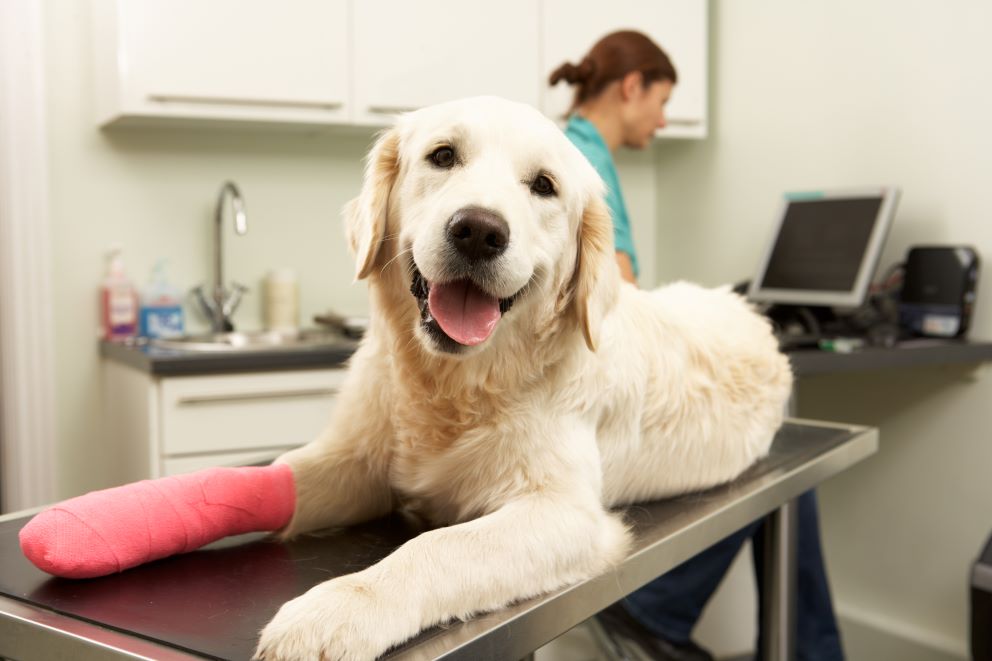As a pet owner, understanding the types of surgical procedures your furry friend might need during their lifetime is an important aspect of responsible pet care. While the thought of your pet undergoing surgery can be daunting, being informed can help you feel more prepared and confident in ensuring the best care for your beloved companion. Here, we explore some of the most common surgeries performed on pets, shedding light on why they are necessary and what they entail.
The Most Common Surgeries for Pets
1. Spaying and Neutering
Perhaps the most common surgeries for dogs and cats are spaying (for females) and neutering (for males). These procedures involve the removal of reproductive organs. Spaying and neutering not only help control the pet population but also prevent various health issues, including certain cancers and infections, and can contribute to better behavior.
2. Dental Surgery
Dental issues are quite prevalent in pets and can lead to serious health complications if left untreated. Common pet dental surgeries can range from the extraction of teeth to advanced procedures for treating gum disease. Regular dental check-ups can help in early detection and treatment, minimizing the need for more complex surgery.
3. Mass Removal
Pets, especially as they age, can develop lumps and bumps. While many of these are benign, some may be cancerous. Surgical removal of these masses followed by a biopsy is a common procedure to ensure they are not harmful and to prevent any potential spread of cancer.
4. Foreign Object Removal
Pets are known for their curiosity and sometimes ingest objects that they shouldn’t. Surgery to remove foreign objects from the stomach or intestines is a common procedure, especially in younger animals. It’s a life-saving operation that addresses blockages or damage caused by the foreign material.
5. Orthopedic Surgery
Orthopedic surgeries, such as repairing a torn ligament (like the ACL in dogs), fixing fractures, or addressing hip dysplasia, are common, particularly in certain breeds and older pets. These surgeries can greatly improve a pet’s quality of life, reduce pain, and enhance mobility. While some orthopedic issues are due to injury, others may be related to congenital conditions or age-related wear and tear.
6. Cataract Surgery
Just like humans, pets can develop cataracts which can impair vision and, if left untreated, potentially lead to blindness. Cataract surgery involves the removal of the cloudy lens and, in many cases, its replacement with an artificial lens. This surgery is particularly common in older pets and certain breeds predisposed to eye issues.
7. Ear Surgery
Ear surgeries are often required for pets suffering from chronic infections or conditions like hematomas. In severe cases, particularly for dogs with floppy ears, surgery might be necessary to correct issues that lead to repeated infections or to repair damaged tissue.
8. Bladder Stone Removal
Pets, especially certain dog breeds and cats, can develop bladder stones which can cause urinary blockages and infections. Surgical removal is often required, especially for larger stones that cannot be dissolved with dietary changes or medication.
9. Emergency Surgery
In cases of trauma, such as being hit by a car, pets might require emergency surgery. These surgeries can range from repairing internal damage to addressing life-threatening conditions like a ruptured spleen or severe bleeding.
10. Skin Surgery
Skin surgeries can be necessary for a variety of reasons, including the removal of tumors, repairing lacerations, or addressing severe skin conditions such as deep infections or abscesses. These procedures not only treat the immediate issue but can also provide a sample for biopsy to better understand and manage underlying conditions.
Preparing for Your Pet’s Surgery
Understanding these common surgeries can help pet owners prepare for the possibility that their pet might need one at some point. It’s essential to have regular veterinary check-ups, as many of these conditions can be identified early on, making treatment more straightforward and recovery quicker.
Tips for Pet Owners:
- Pre-Surgical Consultation: Always have a thorough consultation with your veterinarian. Understand the risks, benefits, and aftercare requirements of the surgery.
- Post-Operative Care: Be prepared for the post-operative care your pet will require. This may include administering medications, wound care, and restricted activity.
- Insurance and Financing: Consider pet insurance or set up a pet health savings account to help manage the costs of unexpected surgeries.
- Trust and Communication: Building a trusting relationship with your vet ensures that you’re comfortable asking questions and fully understanding the care your pet needs.
- Follow-up Visits: Adhere to recommended follow-up visits to monitor your pet’s recovery and address any complications promptly.
Final Thoughts
While the prospect of your pet undergoing surgery can be worrying, these procedures are often necessary for their health and well-being. Staying informed, preparing for potential surgeries, and maintaining regular veterinary care can help ensure that your pet lives a long, healthy, and happy life. Remember, the goal of any surgical intervention is to improve your pet’s quality of life, and with your loving support, they can recover and continue to be a joyful part of your family.




